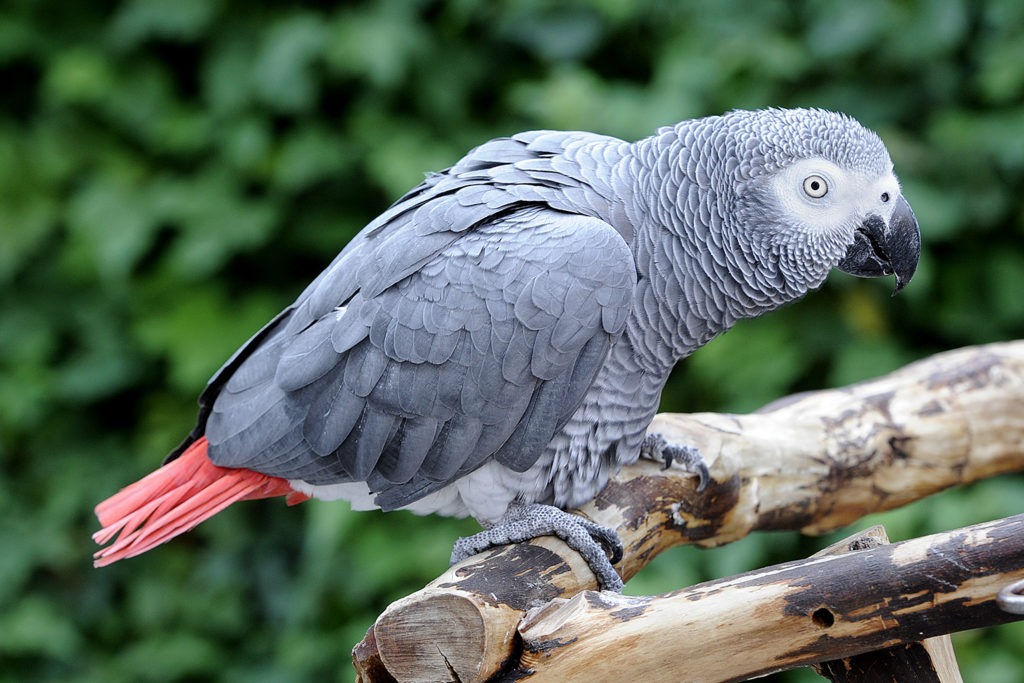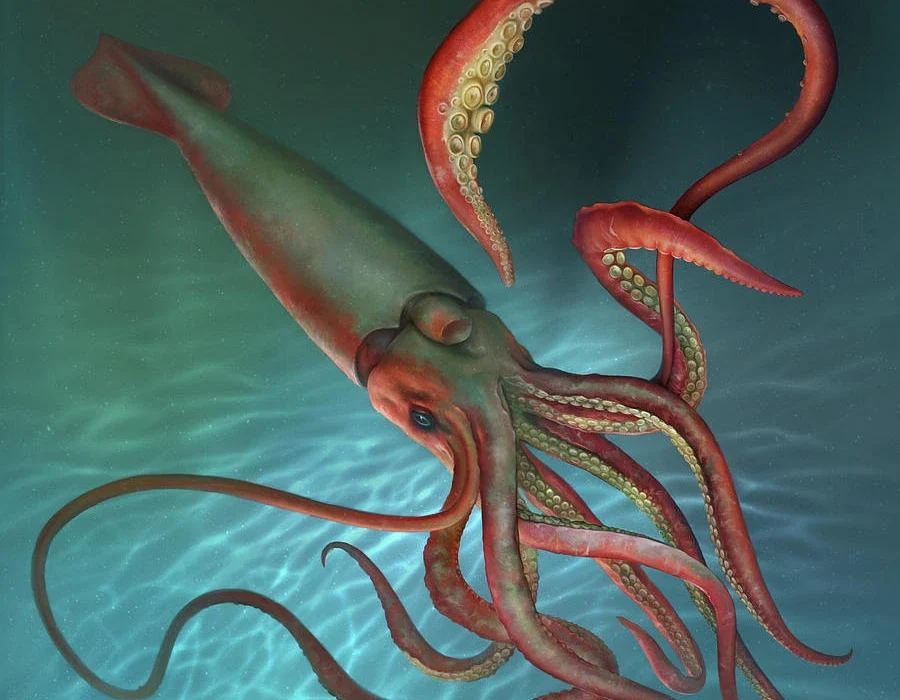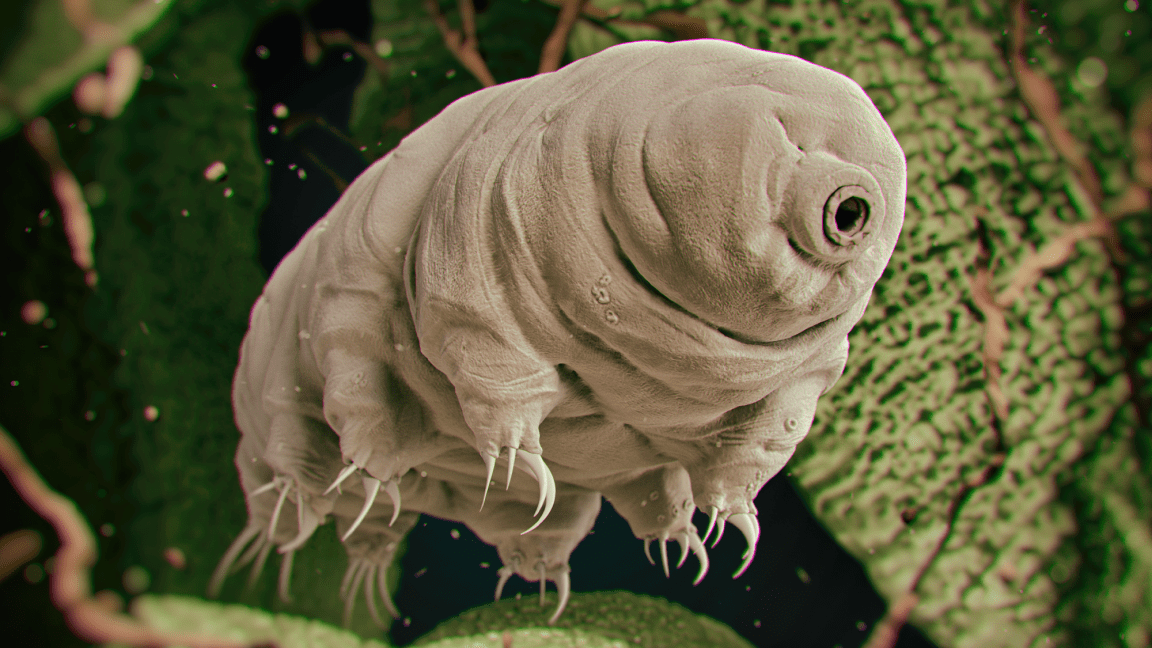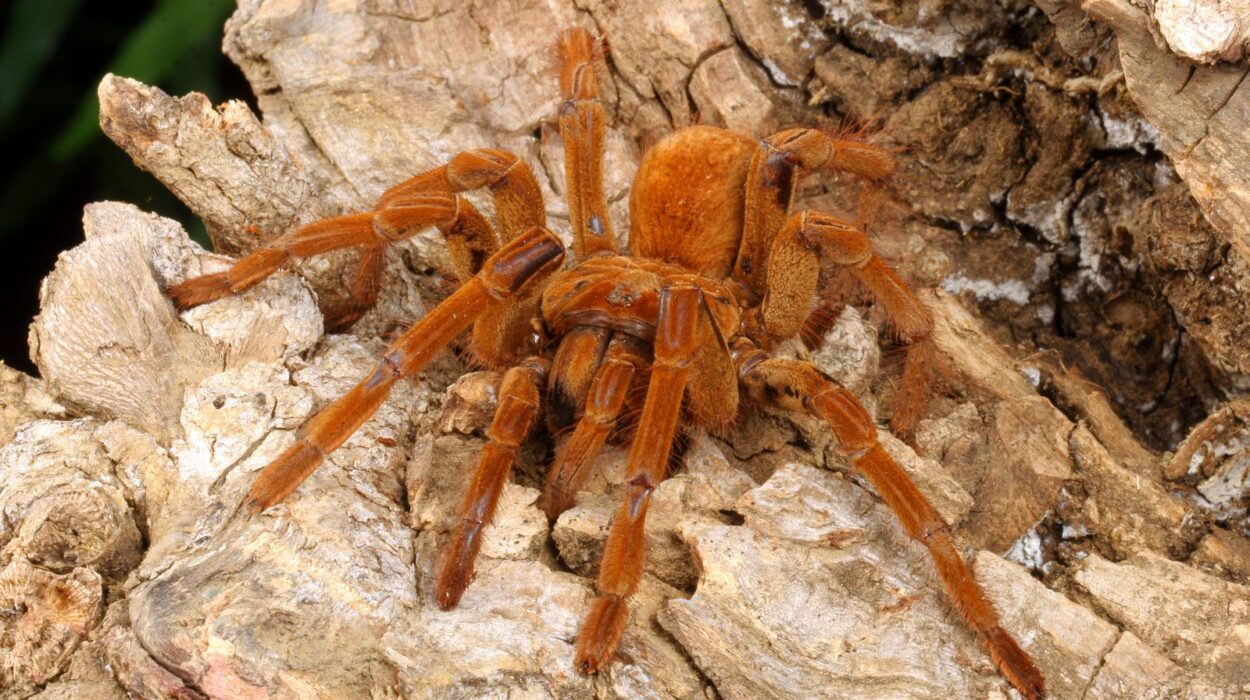In the vast theater of nature, intelligence is often associated with creatures that walk on two legs and build civilizations of steel and glass. Yet, above our heads, in the blue cathedral of the sky, dwell beings whose brilliance rivals our own — the birds. From ravens solving puzzles to parrots using words with intent, these creatures challenge what we think we know about minds, memory, and the meaning of intelligence.
Birds are not mere songsters or instinct-driven wanderers. They are thinkers, planners, and creators. They build tools, remember faces, and even mourn their dead. In many ways, they reveal that intelligence is not confined to the ground, but thrives in the air, feathered and free.
Here are ten of the smartest birds on the planet — creatures whose minds remind us that brilliance comes in many shapes and sizes, and sometimes, with wings.
1. African Grey Parrot – The Genius of the Skies
Among all the world’s birds, none embody intelligence as clearly as the African Grey Parrot. Native to the rainforests of Central and West Africa, this remarkable parrot has become a symbol of avian intellect, capable of solving puzzles, understanding concepts, and even engaging in what scientists describe as emotional communication.
The late Dr. Irene Pepperberg’s groundbreaking research with her African Grey, Alex, redefined what we know about animal cognition. Alex could identify objects by color, shape, material, and even number. He understood abstract ideas such as “same” and “different,” and he could count up to six. When asked how many green blocks were on a tray, he could answer correctly.
But perhaps most astonishing was his emotional intelligence. Alex didn’t just mimic; he interacted. He often initiated conversation and expressed affection. His final words before his passing in 2007 still echo through the halls of science: “You be good. I love you.”
Modern studies continue to show that African Greys possess reasoning skills equivalent to those of a five-year-old child. They learn from context, not rote repetition, and display empathy and memory that challenge long-held ideas about animal thought.
In essence, the African Grey isn’t just a talking bird — it’s a thinker, a problem-solver, and a living testament to the depth of intelligence nature can produce.
2. New Caledonian Crow – The Toolmaker
When it comes to using tools, few creatures can rival the New Caledonian Crow. Found on the remote islands of New Caledonia in the South Pacific, this sleek, black-feathered bird crafts and wields tools with a precision that would impress even a human engineer.
New Caledonian Crows are known to shape twigs into hooks, fashion leaves into probes, and use these tools to extract insects from hidden crevices. What makes them extraordinary is their ability to plan ahead. They can visualize a problem, remember past solutions, and create tools suited to the task at hand.
In one famous experiment, a crow named Betty was observed bending a straight piece of wire into a hook to retrieve a food bucket from a tube. No one had taught her how to do it — she simply understood what was needed and invented the tool herself.
Their cognitive abilities are so advanced that researchers often compare them to those of great apes. They understand cause and effect, possess problem-solving skills, and even use sequences of tools in a single operation — something that was once thought to be a uniquely human ability.
The New Caledonian Crow reminds us that intelligence doesn’t always need a big brain or opposable thumbs — sometimes, all it takes is a sharp mind and a sharp beak.
3. Kea – The Mischievous Mountain Genius
High in the alpine valleys of New Zealand lives the Kea, a parrot as brilliant as it is mischievous. Known as the “clown of the mountains,” this olive-green parrot combines intelligence with insatiable curiosity, making it both a delight and a menace to locals and tourists alike.
Kea are problem-solvers by nature. They can undo locks, open backpacks, dismantle windscreen wipers, and even work cooperatively to access food. In laboratory settings, they’ve been observed solving multi-step puzzles that require logic, patience, and teamwork.
What sets them apart is their playfulness. Kea use games not just for fun but as a way to learn and test problem-solving strategies. Scientists have found that their play is highly structured and even includes an understanding of fairness — a trait rare in non-human animals.
They’re also incredibly social, using vocal communication and body language to share information and coordinate group behavior. When faced with a challenge, they often appear to discuss solutions — a remarkable sign of cooperative intelligence.
The Kea’s cleverness is both blessing and curse; while it helps them thrive in harsh mountain environments, it also makes them notorious tricksters. Yet beneath their antics lies a sharp, adaptive intelligence — proof that curiosity itself is a form of genius.
4. Raven – The Philosopher of the Sky
Ravens have haunted human imagination for millennia — symbols of mystery, wisdom, and prophecy. Science, too, has confirmed what mythology long suspected: ravens are astonishingly intelligent.
Members of the corvid family, ravens are capable of complex problem-solving, future planning, and even deception. In controlled studies, ravens have hidden food and then re-hidden it when they realized another bird was watching — a sign they understand that others have minds and intentions.
They also demonstrate forward-thinking. In experiments, ravens have saved tools for future use, even when no immediate reward was available — an ability once thought uniquely human.
In the wild, ravens have been observed using gestures, such as pointing with their beaks, to communicate with one another — again, a behavior that mirrors aspects of human social intelligence.
But perhaps the most fascinating aspect of ravens is their emotional depth. They form lifelong bonds, mourn their dead, and even engage in playful behavior like sliding down snow-covered roofs or performing aerial acrobatics just for fun.
The raven is not merely clever — it’s contemplative. It seems to think, feel, and act with intention, embodying the mysterious intelligence of nature itself.
5. Eurasian Magpie – The Self-Aware Thinker
The Eurasian Magpie is one of the few non-mammal species capable of recognizing itself in a mirror — a sign of self-awareness that places it among an elite group of creatures, including dolphins, elephants, and great apes.
Native to Europe and Asia, magpies are bold, social birds with remarkable memories and problem-solving skills. They can remember dozens of food-hiding spots, recognize individual human faces, and even adjust their behavior based on who’s watching them.
The mirror test, often considered a benchmark of consciousness, revealed the magpie’s extraordinary cognition. When researchers placed a colored sticker on a magpie’s throat, the bird examined its reflection and attempted to remove the sticker — proving it understood the image in the mirror was itself, not another bird.
Magpies also display empathy and mourning behavior. When one dies, nearby magpies have been observed gathering around the body, calling softly, and even placing blades of grass beside it — a ritual that mirrors the beginnings of symbolic thought.
The magpie’s intelligence is not just in its ability to solve puzzles but in its awareness of existence — a rare and profound form of understanding.
6. Clark’s Nutcracker – The Memory Master
In the mountainous regions of North America lives a bird whose intelligence takes the form of memory so powerful it borders on the miraculous. The Clark’s Nutcracker, a relative of crows and jays, stores tens of thousands of pine seeds each year — and remembers nearly all of them.
During autumn, a single bird may hide up to 30,000 seeds in hundreds of locations spread across vast mountain ranges. Months later, even under snow, it retrieves those caches with astonishing accuracy, guided by an internal map and memory that would humble even the most advanced GPS system.
Scientists believe this memory feat relies on a part of the brain called the hippocampus, which in Clark’s Nutcracker is unusually large relative to its body size.
But memory is only part of their genius. When food is scarce, they’ve been observed pilfering from other birds’ caches, using stealth and strategy — even pretending to bury seeds to throw off spies.
Their intelligence, though quiet and methodical, is proof that cognitive brilliance can evolve in response to environmental challenges, creating minds finely tuned for survival.
7. Jackdaw – The Social Strategist
Jackdaws, smaller relatives of ravens and crows, are sleek, silver-eyed birds that thrive across Europe and Asia. Their intelligence lies in their social sophistication and emotional awareness.
They form lifelong pair bonds and communicate using a rich repertoire of calls and gestures. What’s truly fascinating is their ability to read human and avian cues. In one study, jackdaws followed a human’s gaze to find hidden food — a level of social understanding seen only in highly intelligent species.
Jackdaws are also capable of reasoning about others’ intentions. If a jackdaw believes another bird is watching, it may alter its hiding behavior — showing a theory of mind that was once considered unique to humans and great apes.
They’re excellent learners, too, capable of understanding cause-and-effect relationships and adapting quickly to new situations. In the wild, jackdaws often form alliances and maintain intricate social hierarchies, navigating their communities with political finesse.
They may not wield tools like crows or talk like parrots, but jackdaws possess emotional and social intelligence that mirrors our own in surprising ways.
8. Pigeon – The Urban Intellectual
Pigeons, often dismissed as “city pests,” are far more intelligent than most people realize. In fact, they’ve been studied for over a century and are recognized as one of the most cognitively advanced bird species on Earth.
Pigeons can recognize individual human faces, navigate complex routes across vast distances, and even understand abstract concepts like “same” and “different.” In experiments, they’ve learned to categorize objects, distinguish letters of the alphabet, and recognize themselves in a mirror — a rare feat in the animal kingdom.
Their navigational abilities border on the supernatural. Homing pigeons can find their way home from hundreds of miles away using a combination of magnetic fields, sun position, and visual landmarks. Some researchers believe they even use low-frequency sounds or smell to orient themselves.
Pigeons were among the first animals studied in behavioral psychology. The famous scientist B.F. Skinner used them to explore learning through reinforcement — work that laid the foundation for modern theories of cognition.
Today, pigeons serve as models in neuroscience research, helping scientists understand how memory and perception function in all creatures, including us.
9. Cockatoo – The Tool-Using Showman
Among parrots, cockatoos stand out not just for their flamboyant plumage and personality but for their remarkable problem-solving abilities.
Species like the Goffin’s Cockatoo have demonstrated the ability to create and use tools — an extraordinary skill that only a handful of animals possess. In one study, a Goffin’s Cockatoo named Figaro used a splinter of wood to reach a nut placed just out of reach. Later, he refined his technique, breaking new tools of different shapes depending on the problem.
Cockatoos are also capable of sequential reasoning. They can perform tasks that require multiple steps, remembering each part of the process and adapting if conditions change.
Their intelligence extends to social learning and emotion. Cockatoos communicate affection, jealousy, and humor. They can imitate human voices, recognize music, and even dance rhythmically — a sign of advanced auditory processing.
Living with a cockatoo means living with a feathered thinker who craves stimulation, companionship, and challenge. Their minds are restless, brilliant, and filled with curiosity about the world.
10. Western Scrub-Jay – The Planner of Tomorrow
In the deserts and woodlands of North America, the Western Scrub-Jay displays a kind of intelligence that once defined human uniqueness: the ability to plan for the future.
Scrub-Jays cache food not only for immediate survival but for future use — and they remember where and when they stored it. Even more impressively, they plan based on future needs. In experiments, Scrub-Jays that were fed breakfast in one location but not another began storing food in the “no-breakfast” spot — evidence of foresight and self-control.
They also exhibit a form of empathy known as “perspective-taking.” When hiding food, they watch whether other birds are observing them. If so, they’ll return later and move their stash — suggesting an understanding of what others might know or intend.
Their behavior mirrors aspects of human reasoning and memory, showing that foresight is not a uniquely human trait. The Scrub-Jay, with its humble appearance, proves that even in the quiet corners of the natural world, intelligence flourishes in remarkable ways.
The Science of Avian Intelligence
For centuries, humans underestimated birds, assuming their small brains meant small minds. But modern neuroscience has revealed a different story.
Birds’ brains, though compact, are incredibly efficient. The neurons in their forebrains — the regions responsible for reasoning and planning — are packed far more densely than in mammals. This means that, neuron for neuron, some birds rival primates in processing power.
Their intelligence evolved independently from ours, demonstrating convergent evolution — the idea that complex cognition can arise through different biological paths. In essence, the minds of birds and humans are different architectures built to solve similar problems: how to survive, communicate, and thrive in a changing world.
The Emotional Depth of Birds
Beyond logic and memory, birds possess emotional intelligence that is every bit as striking. They form lifelong bonds, grieve losses, and express joy through song and play.
Crows have been seen leaving gifts for humans who feed them. Parrots comfort one another during stress. Ravens share food with unrelated individuals simply because it seems fair.
Their intelligence is not cold computation — it is alive with feeling, shaped by social connection and empathy. They remind us that emotion and intellect are not separate but intertwined, each giving meaning to the other.
The Sky as a Mirror
To study birds is to glimpse the mind of nature itself — creative, curious, adaptive, and infinitely expressive. These ten species, with their diverse forms of intelligence, challenge us to rethink what it means to be “smart.”
Some remember thousands of places. Some craft tools from sticks. Some understand our words. And others simply look back from a mirror, aware that they are.
The story of avian intelligence is not just about birds. It’s about life’s endless capacity to learn, to feel, and to evolve. Every wingbeat is a thought, every song a message — and together, they remind us that the sky is not empty, but full of minds in flight.






